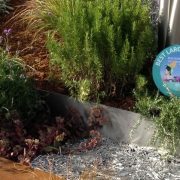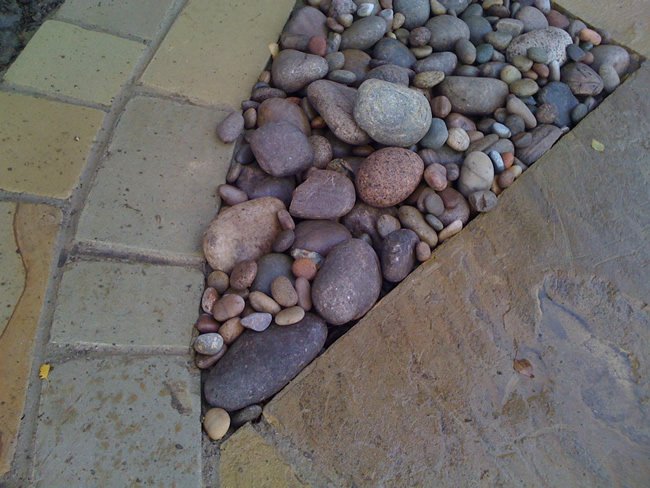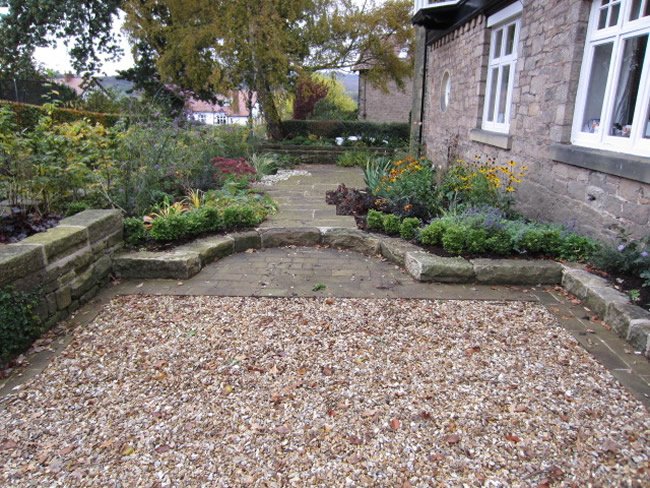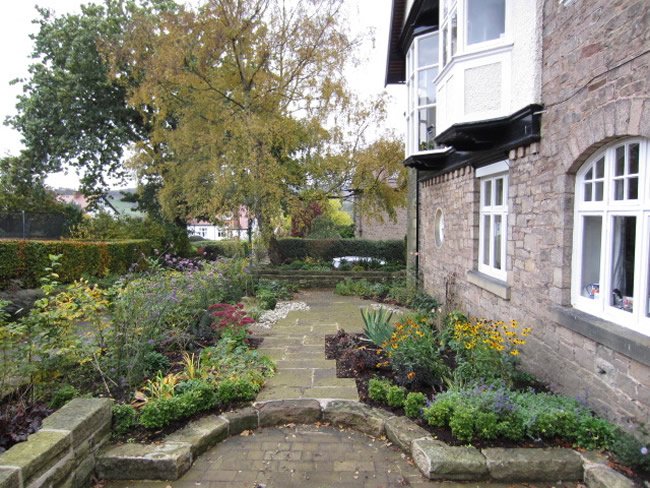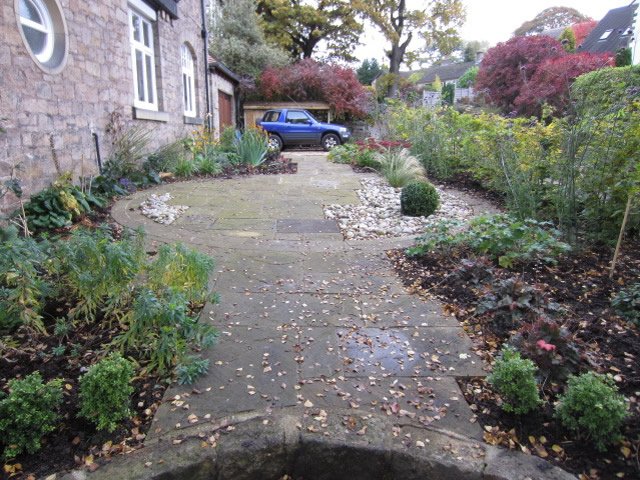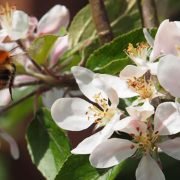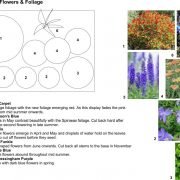What to do in your garden in August
Well July was a great month this year for being in the garden. August is, however, traditionally the hottest month so make sure you keep everything well watered, and if you’re going on holiday enlist the help of a neighbour to look after all your pots, hanging baskets and border.
Last month was very hot and dry but this month has started off with more damp weather, helping the garden to really burst to life again. Keep an eye on slugs, snails and other pests that will feast on your plants and veg of you give them half a chance.
There is lots to keep you busy this month so take a look at our August tips to help you make the most of your garden this month.
General
- Collect seed from flowering plants
- Take cuttings of lavender, keeping them well watered until they form roots, usually by Autumn. They can then be planted out in the spring.
- Keep bird baths and ponds topped up with water
- Prune rambling and climbing roses after flowering
- Pick off dead flowers to keep plants blooming
- Cut fresh herbs to store for winter
- Keep on top of pests
- Keep ponds and water features topped up
Fruit and Vegetables
- Check your courgette plants daily and pick young courgettes before they get too big
- Check your broad beans – if you can feel them inside the pods they are ready to pick
- Sow and harvest salad crops – sow beetroot, chard, mizuna, pak choi, radicchio, rocket, spinach every few weeks.
- Give tomatoes extra support as their trusses grow heavier and pinch out new growth
- Remove fruits from congested clusters of apples to encourage larger fruit growth
- Protect soft fruit from birds by covering with netting
- Your potatoes will be ready now so check on their size and if they are ready – enjoy!
- Plant out leeks
- If any of your ripening fruit has brown rot on it – pick the affected ones before it spreads to rest.
- Sow the last batch of carrots
- Feed greenhouse crops once a week
- Sow spinach for use as baby leaves in autumn
- Lift onions and garlic and allow to dry before storing in nets
Flowers
- Deadhead roses and they will continue to flower for longer
- Prune rambling and climbing roses after flowering
- Collect ripe Foxglove seeds to sow straight away
- Cut down faded delphinium and lupin flower spikes
- Sow wallflower and forget-me-not seeds in seed compost
- Order spring bulbs now
Shrubs and trees
- Trim topiary to shape with shears
- Apples, plums and cherries – for better fruit production cut back new growth with secateurs to a couple of leaves from the base
- Bush fruits – Remove old, fruited stems of blackcurrants and gooseberries, and cut back soft growth on redcurrants to 3 – 4 leaves
- Prune Wisteria
- Don’t delay summer pruning of restricted fruits
Greenhouse
- Carry on with many of the things you’ve been doing throughout July
- Stand pots on capillary matting or gravel try system to reduce the amount of watering needed
- Keep tomato compost wet, pay special attention to those being grown in bags
- Open doors and vents early on hot or sunny days (we wish !)
- Pinch off tomato side shoots
- Sow calceolaria primulus, cineraria and cyclamen
- Thin out congested bunches of grapes
- Tidy the greenhouse and clean out cold frames in preparation for next month when you’ll start to bring plants undercover.
Lawns
- Remove lawn weeds – lever them out, use compost to fill the hole, sprinkle with grass seed then cover in compost before watering
- Cut regularly
- Feed lawns to encourage strong growth
- If the weather is particularly hot and dry water lawns
Pests
- Watch out for fat, caterpillar like cutworm – either dig over the soil to let the birds at them or use a biological control
- Slugs and snails can be a real problem in this wet weather. Try beer traps to control them.
- Check for larvae on leaves and remove by picking them off or spraying with insecticide.
Need more advice? Post a question on our Facebook page or pop into the garden centre and talk to a member of our experienced garden team.








